Competitive FPS games like Valorant, CS:GO, and Call of Duty can be won or lost in milliseconds. When facing an equally skilled opponent, pull your trigger 0.1 seconds faster and you win — simple as that.
So what can you do to increase your chances of being on the winning side, and how can you get that competitive edge when playing FPS games?
It all starts with having the right kind of gear. And when it comes to FPS games, having a good FPS gaming monitor with a 144Hz or 240Hz refresh rate and a low response time is one of the biggest upgrades you can make.
Why is having the best FPS gaming monitor so important?

You can have the lightest gaming mouse, the most powerful processor and graphics card, and the most sensitive headphones, but a bad monitor will limit you every single time.
If you can’t see your opponent, you can’t kill your opponent.
When looking for the best FPS gaming monitor, the two most important specs to look for are a high refresh rate and a low response time.
What is monitor refresh rate?
Refresh rate refers to the number of times the monitor updates with new images each second.
Refresh rate is rated in Hertz (Hz). A higher number, typically 144Hz, or in rare cases 240Hz, means the monitor refreshes faster, resulting in a smoother, more accurate image.
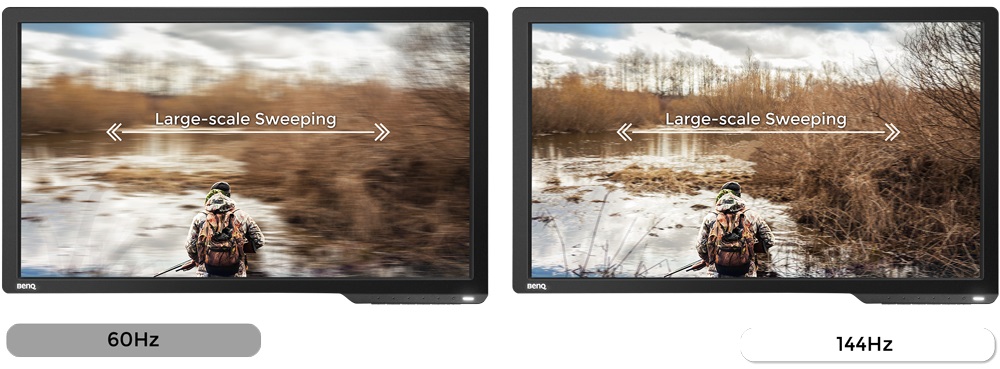
Most non-FPS gaming monitors have a 60Hz refresh rate, meaning the screen refreshes 60 times a second, but for FPS gaming you want at least 144Hz, and if you want the absolute best, look for a 240Hz monitor.
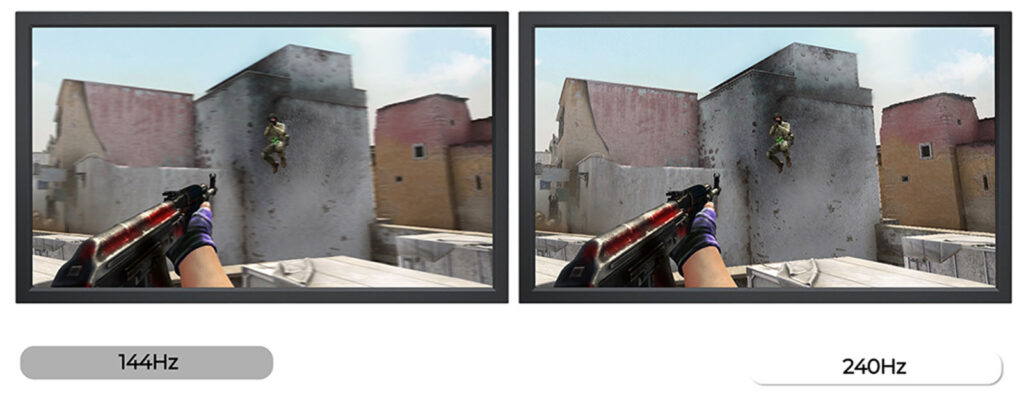
Do you need a 240Hz monitor?
If you’re looking for the absolute best competitive edge you can get, you absolutely need a 240Hz monitor. Assuming your graphics card can deliver 240 FPS, a 240Hz monitor delivers better responsiveness and a more fluid gaming experience.
When games can be won or lost in milliseconds, the potential for slightly better reaction times with a 240Hz monitor can also make all the difference.
If your graphics card can’t reach 240Hz, the minimum you should be looking for is at least 140Hz.
What is monitor response time?
Response time is the length of time the monitor needs to change the color of a pixel. Response time is measured in ms (milliseconds).
A lower response time means the image you’re seeing is more accurate to what is actually happening in the game.
What other features should you be looking for in an FPS gaming monitor?
On top of a high refresh rate and low response time, you should look for extra features designed to give you a competitive edge in FPS games, such as those found in BenQ Zowie monitors.
What is the best FPS gaming monitor?
If you’re looking for an FPS gaming monitor with the highest refresh rate, the lowest response time, and a suite of FPS features designed specifically to give you the upper hand, the only choice out there is the BenQ Zowie XL2546K.
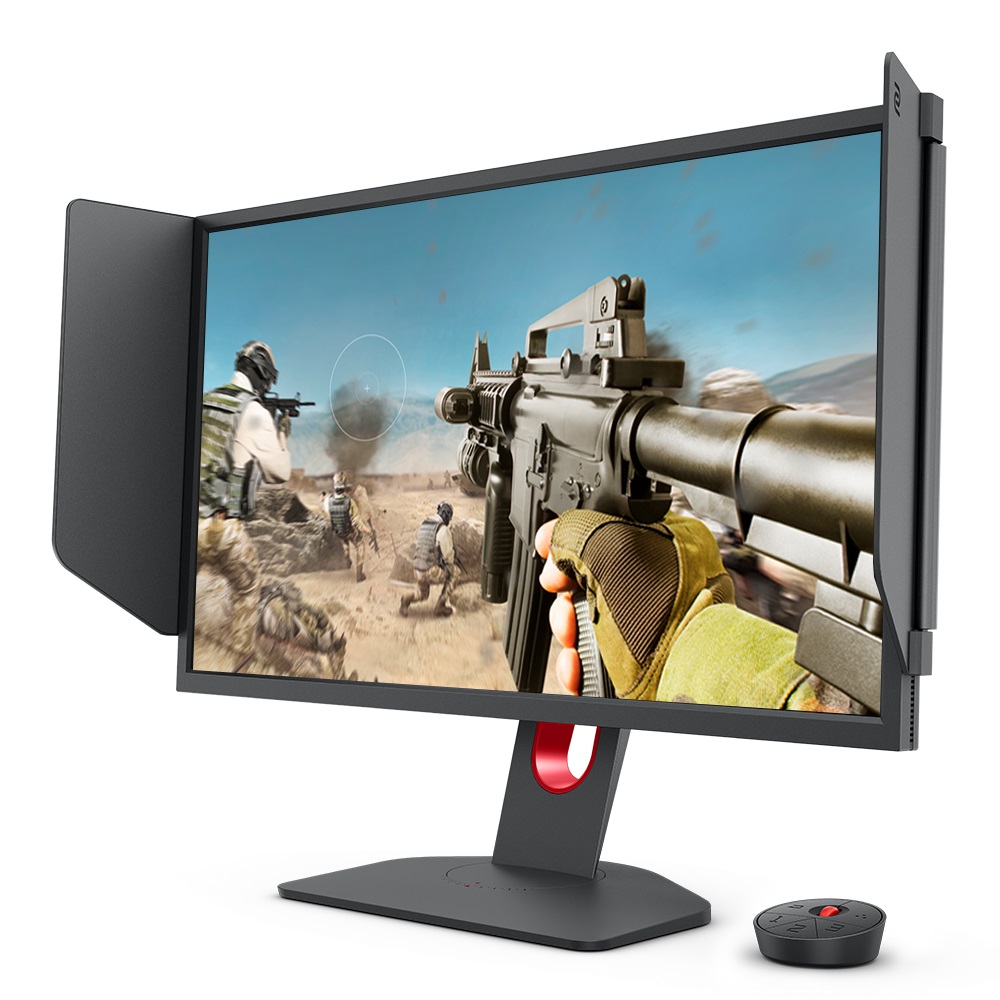
The Zowie XL2546K offers a 240Hz refresh rate and fast liquid crystal display with up to 0.5ms response time, both of which are best-in-class in the industry.
What is the best budget FPS gaming monitor?
If you’re not able to hit 240 FPS with your graphics card, or you’re on a tighter budget, you should consider the Zowie XL2411K.
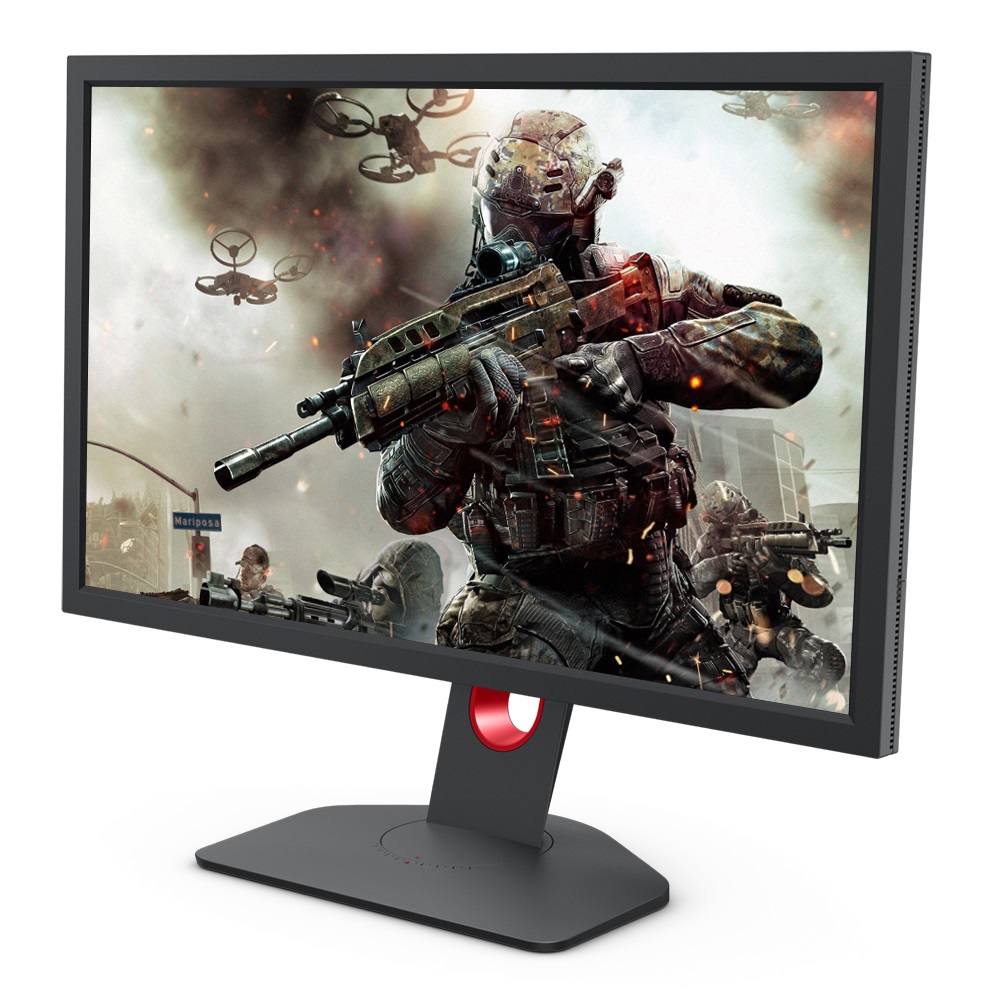
The Zowie XL2411K offers similar specs and features to the XL2546K, but with a slightly smaller 24-inch display, 144Hz refresh rate, and 1ms response time.
What makes a Zowie monitor better for FPS gaming?
Unlike other monitor brands like Prism, Dell, Samsung, and LG, BenQ Zowie specializes in competitive FPS gaming, and its monitors are built from the ground up for FPS games.
As such, monitors like the Zowie XL2546K and Zowie XL2411K offer unique features designed to give you a competitive edge that you won’t find in any other monitor brand.
What monitor do FPS esports pros use?
If you want to know what the best FPS gaming monitor for esports is, just look at what monitors are used in FPS esports tournaments. You’ll overwhelmingly see Zowie monitors being used.

Among Zowie’s extensive range of monitors, the most popular FPS monitor used by esports pros is the BenQ Zowie XL2546K.
One of SEA’s top Valorant teams, Paper Rex exclusively uses the Zowie XL2546K:
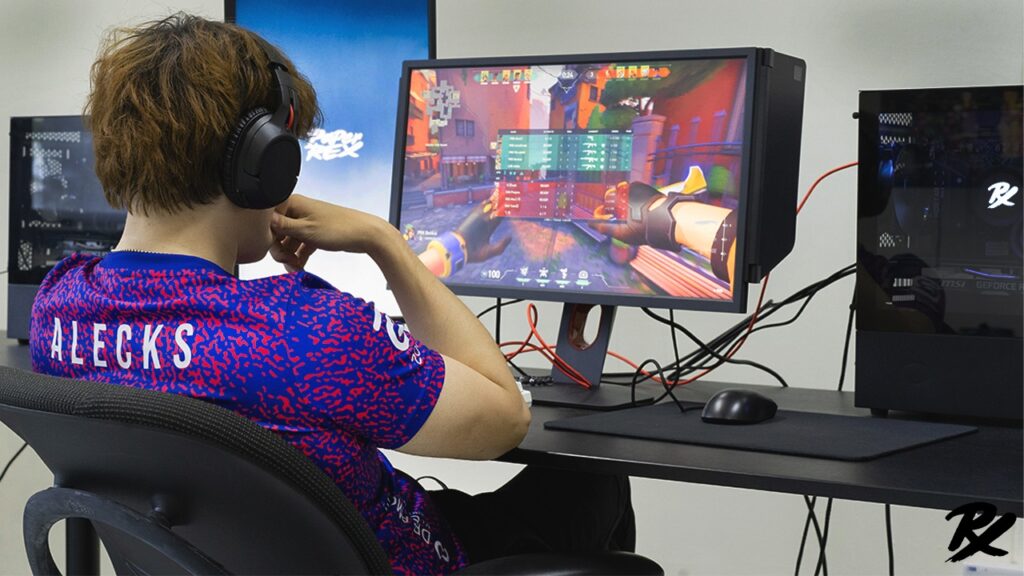
Why do FPS esports pros use Zowie monitors?
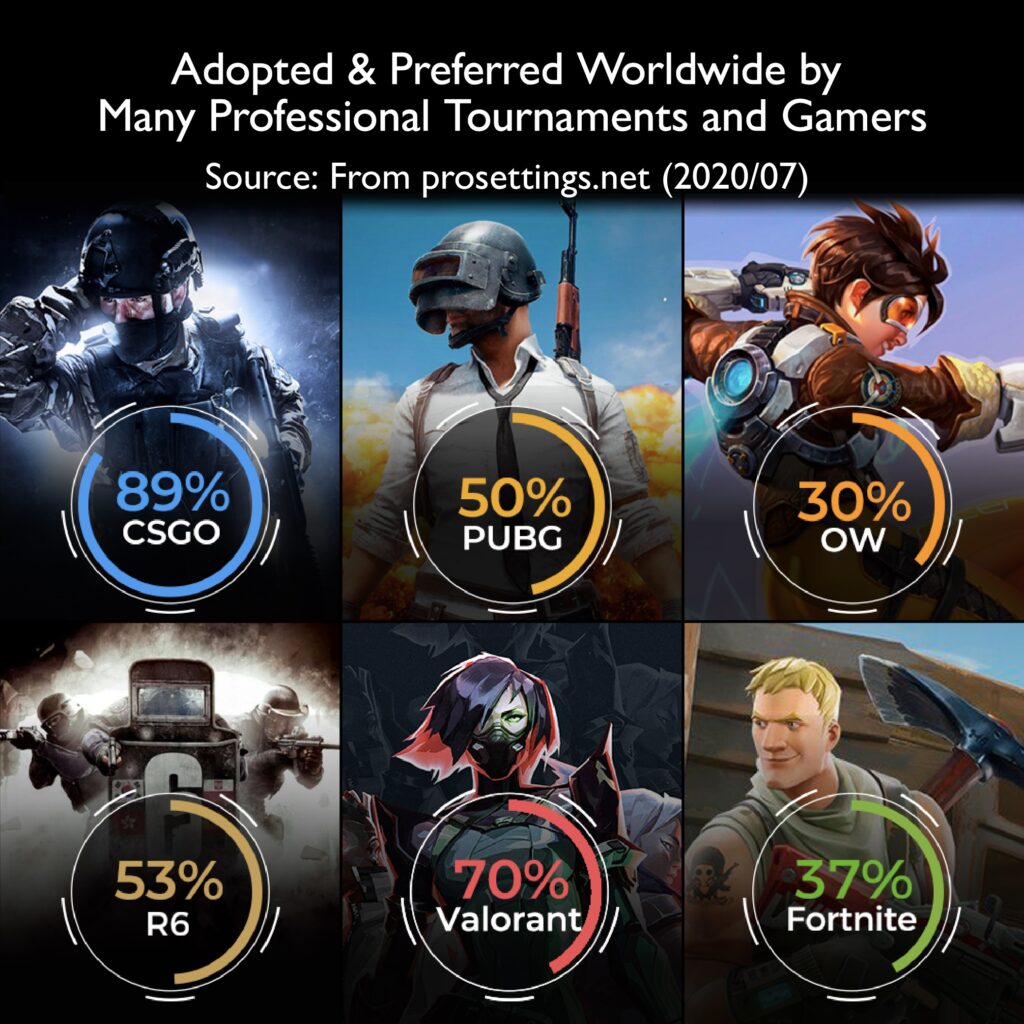
On top of their industry-leading specs, the Zowie XL2546K and XL2411K also offer unique features and proprietary technology that makes them the choice for FPS esports pros:
More space on your desk
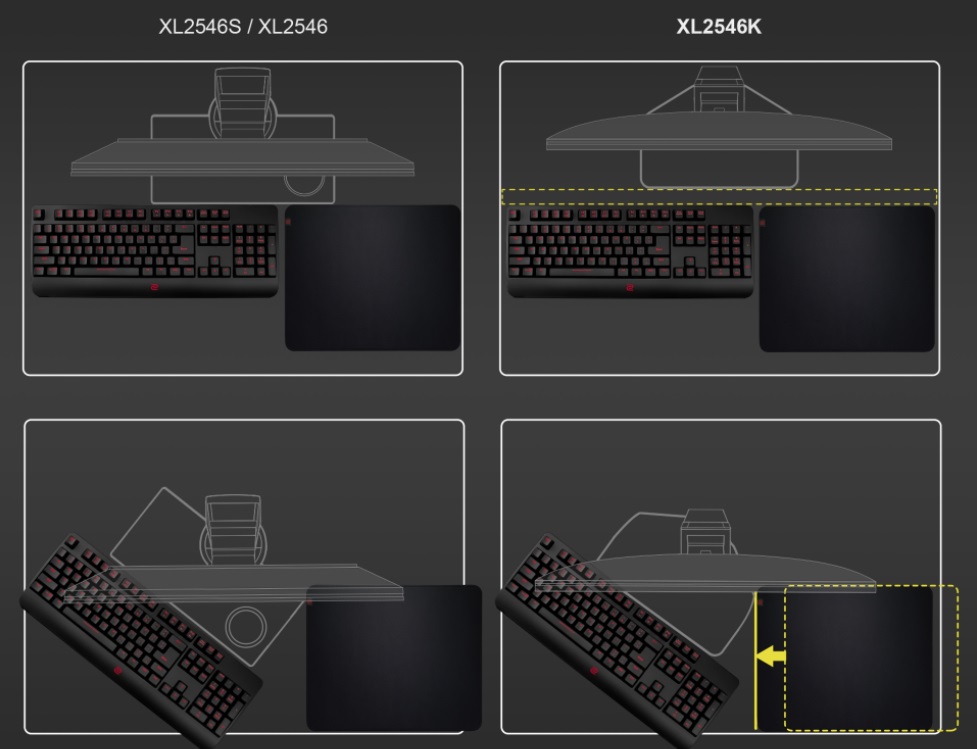
The XL2546K and XL2411K have redesigned bases that take up less desktop space while maintaining stability. This gives gamers more space for large in-game movements and the flexibility to adjust their setup for optimum comfort.
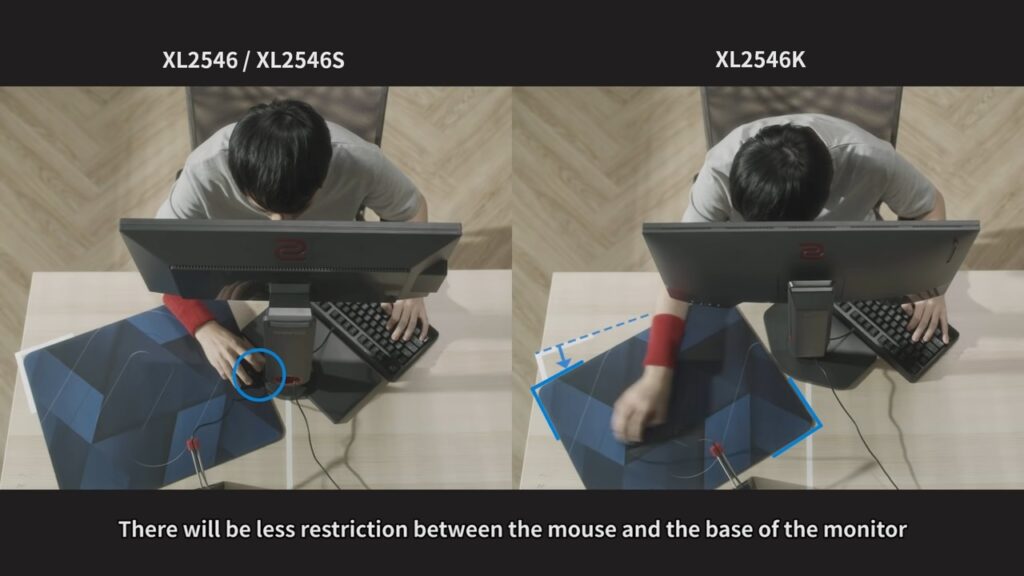
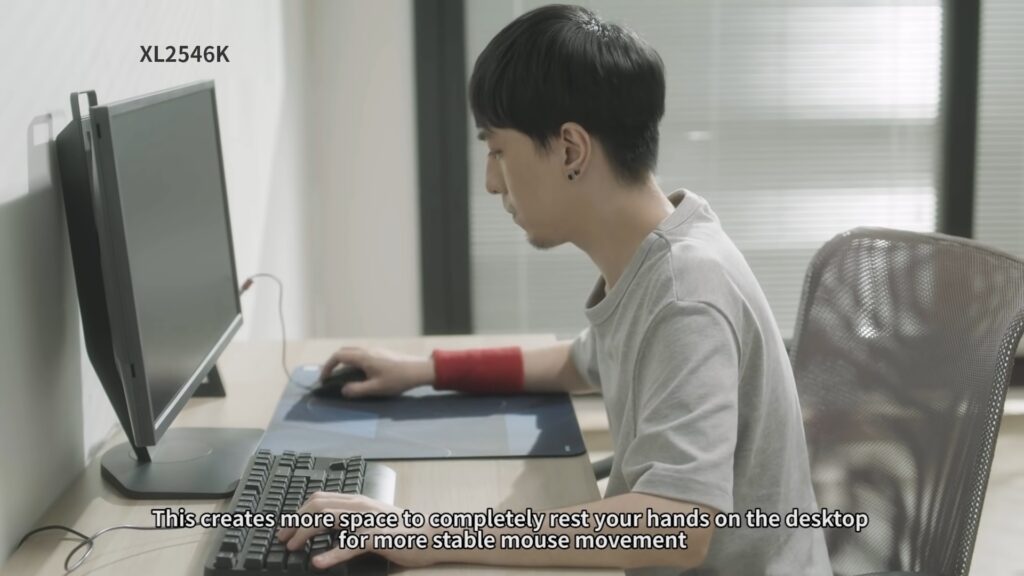
More flexible monitor and height adjustment
The XL2546K and XL2411K offer a much wider range of height and angle adjustment than other monitors, with a tilt of up to 23 degrees. This allows you to dial in the perfect height and angle.

DyAc and DyAc+
DyAc (Dynamic Accuracy) and DyAc+ is a proprietary Zowie technology that reduces on-screen motion blur. It does this through a custom panel with modified circuitry and firmware settings. In-game, it reduces visible on-screen shaking, which is particularly useful when spraying, and will help you better control recoil.
It’s also very useful for tracking fast-moving characters, such as Valorant’s Jett, as she will appear less blurry, even while mid-dash, making her easier to aim at, as you can see in this video showing DyAC and DyAC+:
DyAc and DyAc+ are based on the same technology, but DyAc+ offers more customization options.
Black eQualizer
Black eQualizer is another Zowie proprietary technology designed to give you an advantage in FPS games. Black eQualizer brightens darker areas without overexposing lighter areas. This lets you easily spot enemies hiding in dark corners without blinding you in bright areas.

Color Vibrance
If you watch FPS streamers or esports pros like Hiko and Shroud, you’ll notice many of them play with extremely saturated color settings. They do this to make enemies stand out more and easier to spot – this is especially important for CS:GO where everything tends to look washed out by default.
You can achieve the same effect yourself with Zowie’s Color Vibrance feature, which offers 20 levels of color intensity. Additionally, it’s easy to toggle between extreme color vibrance and more muted colors (suitable for web browsing) thanks to Zowie’s S-switch remote, which comes with all XL-K monitors, and lets you quickly switch between three preset configurations.
Share your settings or download your favorite pro’s customized settings
Zowie’s XL Setting To Share feature lets you easily share your monitor settings with your teammates and friends. You can also download the exact same settings as your favorite pros and streamers. Zowie also releases its own settings customized for different games.
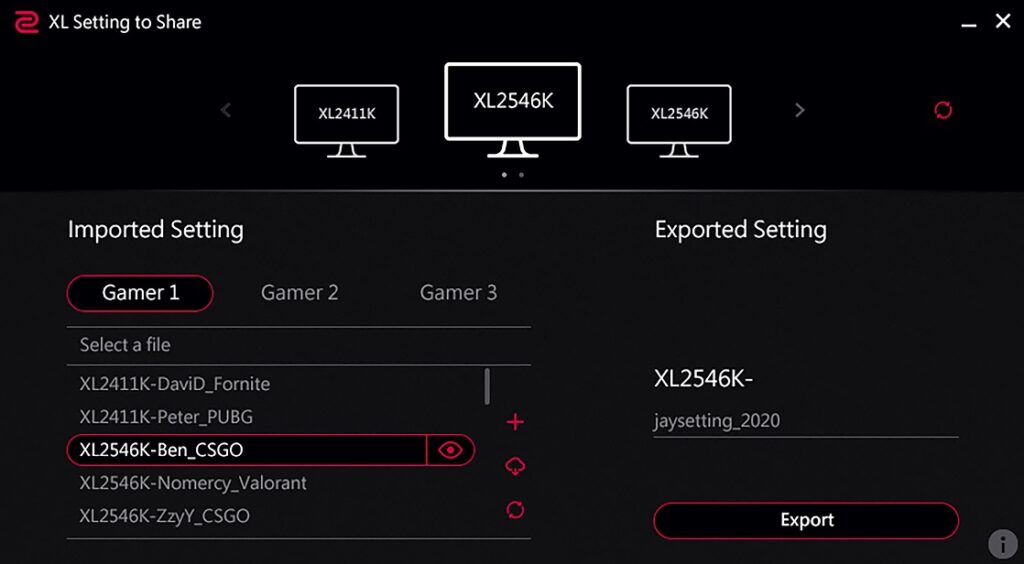
For more information on either of these Zowie monitors, be sure to check out Zowie’s website. You can find the Singapore website here, and the APAC website here if you’re from other ASEAN countries.
This article is presented by Zowie.
READ MORE: BenQ Zowie EC1 and EC2 Review: BenQ finally gets everything right


